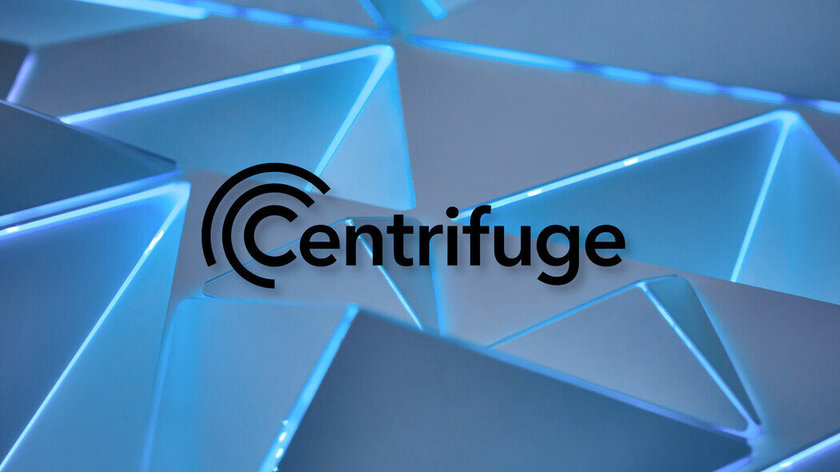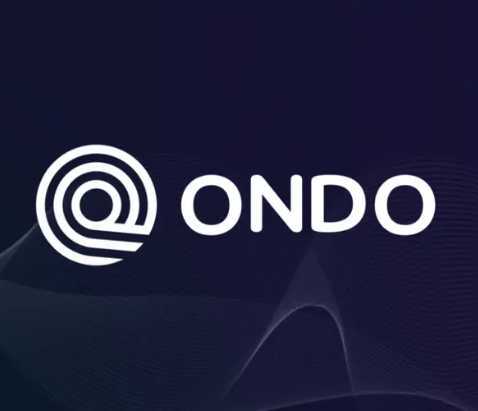(Dinarian Note: The next step in the Industrial Revolution is Tokenization. Bringing real world assets onto the blockchain is on the verge of explosive growth, and I believe Centrifuge will be one of the winners in this space. So does Blackrock 🔑 As always Do Your Own Research...)
Summary:
Centrifuge is the infrastructure that facilitates the decentralized financing of real-world assets natively on-chain, creating a fully transparent market which allows borrowers and lenders to transact without unnecessary intermediaries. Asset pools are fully collateralized, liquidity providers have legal recourse, and the protocol is asset-class agnostic with pools for assets spanning mortgages, invoices, microlending and consumer finance. Ultimately, the protocol aims to lower the cost of borrowing for businesses around the world, while providing DeFi users with a stable source of collateralized yield that is uncorrelated to the volatile crypto markets. By bringing the entire structured credit market on-chain across securitization, tokenization, privacy, governance, and liquidity integrations, Centrifuge is building a more transparent, affordable, and limitless financial system.

Mission:
The Centrifuge Protocol is built to harness the power of blockchain technology & make finance accessible to all. Credit is essential for a functioning economy and is a key driver for business growth. Yet only the largest businesses get direct access to liquid capital markets. This same access is not available to Small and Medium-sized Enterprises (SMEs). The average cost of capital for the Global 2000 is ~1%, compared to >15% for SMEs. This cannot be explained by the average default rate of SMEs of ~2%. The lack of an open and transparent marketplace denies SMEs access to competitive borrowing rates.
Centrifuge Protocol uses blockchain technologies to solve this problem. The key property of a blockchain is that it enables multiple parties to achieve agreement on shared information without a trusted intermediary. Financing real world assets requires many intermediaries to function right now, e.g. the shortlist of parties involved in a bond issuance includes a lead manager, managers, lawyers, paying agents, fiscal agents, auditors, registrars, transfer agents, calculation agents, listing agents, rating agents, process agents. All of these intermediaries add to the upfront and ongoing costs, increasing the barriers for small and medium enterprises compared to large corporations.
If the financing process is coded into a blockchain, the reliance on these intermediaries can be greatly reduced, leading to a more open, transparent and efficient access to finance. Centrifuge does exactly this by combining the Centrifuge Protocol, the trustless consensus layer for real world asset transactions with a real-word framework that links the on-chain to off-chain transactions.

Evolution:
Centrifuge has experimented with multiple versions of the previous iteration of the Centrifuge Protocol, called Tinlake, on Ethereum. It started with the first version in 2019, adding static pooling and simple tranching support in early 2020, launching the revolving pools late 2020, and integrating the first pool with the MakerDAO protocol in mid 2021. The lessons learned from these iterations have been used to develop the first version of the full fledged Centrifuge Protocol. Every iteration has been thoroughly audited by acknowledged smart-contract auditing firms.
Features:
The Centrifuge Protocol includes all the features needed to finance real world assets on a blockchain, from tokenization, securitization, up to liquidity integrations, all built on each other and transparently governed by token holders.
Built on Centrifuge Chain
The Centrifuge Protocol is built on Centrifuge Chain, a layer 1 blockchain custom built for Real World Assets, using the Substrate framework. Key advantages of Substrate include shared security through the Polkadot network, built-in on-chain governance and on-chain forkless upgrades, and trustless bridging with other parachains. These enable Centrifuge to focus on building Centrifuge Chain into the go-to place for bringing real world assets on-chain.

The advantages of a blockchain custom built for RWA include:
- Lower transaction costs and increased scalability, as the functionality is natively built into the runtime logic of the blockchain, which enables optimization for dedicated transactions and use cases.
- The flexibility to develop features that are not possible within a general-purpose smart-contract blockchain such as Ethereum.
- Dedicated blockspace for real-world asset transactions: if there's a hugely popular NFT drop tomorrow on Ethereum, this won't block borrowers from repaying or investors from redeeming.
- The ability to define transaction ordering, e.g. ensuring that redemption orders can always be submitted, even in highly contested blocks.
To experiment with new features and act as an incentivized testnet, Altair is the canary network of Centrifuge Chain. New features will be released first on Altair, to test these with real value and thus increase confidence in the reliability and security of the protocol features released on Centrifuge Chain.
Governed by CFG holders
Centrifuge Chain has a formalized governance system that is encoded on-chain utilizing the Substrate democracy pallet. This enables on-chain voting mechanisms for binding and transparent governance by CFG token holders. Beyond the use of the Centrifuge token (CFG) for governance of the blockchain, CFG is also used to pay transaction fees.
Helpful Links:
https://centrifuge.io/
https://tinlake.centrifuge.io/
https://docs.centrifuge.io/getting-started/centrifuge-at-a-glance/
https://coinmarketcap.com/currencies/centrifuge/
https://www.coingecko.com/en/coins/centrifuge
Wallets:
https://fearlesswallet.io/
https://novawallet.io/





























